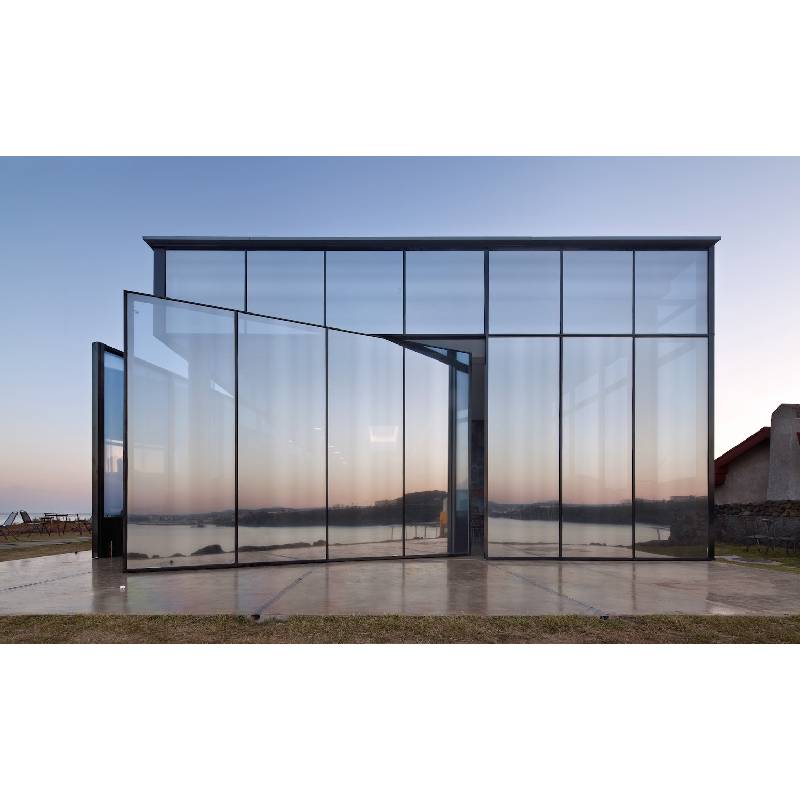

Understanding Low-E Glass and Finding the Right Suppliers
Low-E glass, or low emissivity glass, is a technologically advanced building material that plays a significant role in enhancing energy efficiency in residential and commercial buildings. This type of glass has a special coating that reflects heat back to its source, thus minimizing the amount of energy lost through windows. As energy costs continue to rise and environmental sustainability becomes ever more critical, the demand for low-E glass is on the rise. This article will explore what low-E glass is, its benefits, and how to find reputable suppliers.
What is Low-E Glass?
Low-E glass features a microscopically thin coating that is invisible to the naked eye but plays a crucial role in regulating temperature. This coating reflects infrared radiation while allowing visible light to pass through, striking a balance between energy conservation and natural light. There are two main types of low-E coatings hard coatings and soft coatings. Hard coatings, applied during manufacturing, are more durable, making them suitable for outdoor use. Soft coatings, on the other hand, offer higher performance in terms of thermal insulation but are more fragile and often used in insulated glass units (IGUs).
Benefits of Low-E Glass
1. Energy Efficiency One of the primary advantages of low-E glass is that it significantly reduces heating and cooling costs. Buildings equipped with low-E glass can experience a reduction in energy consumption by as much as 25-30%.
2. Comfort By minimizing drafts and heat loss, low-E glass enhances indoor comfort. The thermal regulation provided by low-E coatings leads to more stable indoor temperatures, which can improve occupants’ overall comfort.
3. UV Protection Low-E glass can block up to 99% of harmful ultraviolet (UV) rays from the sun. This protection prevents fading of furniture, carpets, and artwork, extending the lifespan of interior furnishings.
4. Glare Reduction Low-E glass reduces glare caused by direct sunlight, making spaces more comfortable for activities such as reading or working.
5. Environmental Impact With reduced energy consumption comes a lesser carbon footprint. Using low-E glass in buildings contributes to more sustainable construction practices and supports efforts to combat climate change.

How to Choose Low-E Glass Suppliers
When it comes to acquiring low-E glass, selecting the right supplier is critical. Here are some important considerations to keep in mind
1. Reputation and Experience Look for suppliers with a proven track record in the industry. Research their experience with low-E glass products and check for client testimonials or case studies demonstrating success.
2. Product Range Ensure that the supplier offers a diverse range of low-E glass products. Different projects may require specific types of coatings or glass thicknesses, so a more extensive selection will typically provide better options.
3. Technical Support Good suppliers should offer technical assistance to help you choose the right product for your specific needs. Having access to knowledgeable experts can make a significant difference in your project’s success.
4. Certifications Verify that the supplier’s products meet industry standards and certifications, such as the National Fenestration Rating Council (NFRC) ratings. This guarantees that you are getting quality products that perform as promised.
5. Delivery and Installation Services Some suppliers provide delivery and installation services. While this may not always be essential, having a supplier who can facilitate installation may save time and ensure a proper fit.
6. Sustainability Practices Since low-E glass is often chosen for its environmental benefits, consider suppliers that prioritize sustainable practices in their operations, from manufacturing processes to packaging and delivery.
In conclusion, low-E glass offers numerous benefits ranging from energy efficiency to enhanced comfort and UV protection. The rising demand calls for careful evaluation of suppliers. By considering factors like reputation, product range, technical support, and sustainability, you can find the right low-E glass supplier to meet your needs, ultimately contributing to a more energy-efficient and sustainable future.